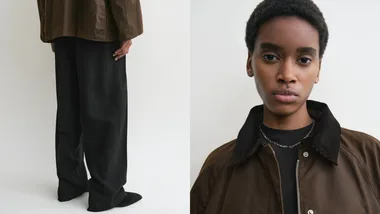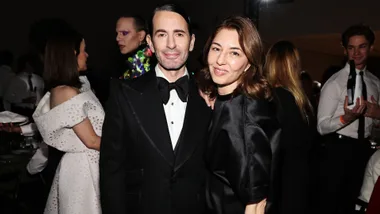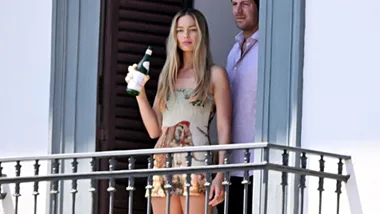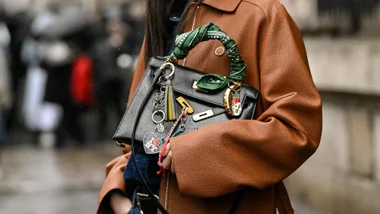After Olivia Newton-John died in August 2022, praise for the 73-year-old was universal and universally glowing. Throughout her 60 years in public life, encompassing everything from a mysteriously missing boyfriend to Stage 4 cancer, no-one ever had a bad word to say about ONJ. “Love and light” was not just what she’d write beside her signature, it was her life motto. She never veered from those wholesome, positive principles.
No matter where you joined the ONJ journey – from Sandy in leather pants awkwardly attempting to smoke in Grease, to insisting on a tongue-in-cheek (and pro-gay) twist to the video for her most overtly sexual hit song ‘Physical’ – Olivia was always herself. And her career became a blueprint for all Australian performers who followed.
She was born in England in 1948, and her grandfather was Nobel Prize-winning physicist Max Born, an associate of Albert Einstein’s and a Polish-born Jew who had to flee the Nazis. Olivia’s family immigrated to Australia by boat when she was five.
One of her first television roles was on The Go!! Show in 1964. There she met singer Pat Carroll (later Farrar), who would become her lifelong best friend. After winning a trip to Britain in a talent contest on Johnny O’Keefe’s TV show Sing, Sing, Sing, Olivia relocated to London at the end of the decade to pursue her musical career.
By the early ’70s she was scoring minor hits in the US and UK. She represented the UK in Eurovision in 1974 with Long Live Love, a song she’d quickly disown. ABBA won with Waterloo; Olivia came fourth.

Four years later, Olivia had become global superstar, while ABBA were still struggling for major success in America. After inviting the Swedish group onto her self-titled US TV special, they performed to some 30 million viewers, and the rest is history.
So how did a girl from Christ Church Grammar School in South Yarra go from struggling singer in England to star and kingmaker in the US, and indeed the world? What had happened in those intervening years?
First, she’d laid the groundwork with her 1973 single Let Me Be There, which went Top 10 on three US charts and earned her a Grammy. Then came her signature song, Honestly Love You, which went to No. 1 in the US and Canada and was a hit around the world.
It was the start of a glorious wave of success. Olivia had five US No. 1 singles – her mates the Bee Gees were the only Australians to have more. Olivia’s hits displayed her versatility, from her early country-era soft rock (‘Have You Never Been Mellow‘, ‘I Honestly Love You‘) to the Grease duet ‘You’re the One That I Want‘ and the hyper pop of ‘Magic‘.
Her delicate, emotion-filled voice could adapt to different genres, and she was always curious musically. Her five American chart toppers were all written by Australians: from Peter Allen to Steve Kipner and her best friend Pat’s husband, John Farrar, who saw Olivia as his muse. Olivia had been encouraged by fellow Australian Helen Reddy to try to break into the American market. Reddy’s ‘I Am Woman‘ hit No. 1 in the US in December 1972. Less than two years later, Olivia hit the jackpot with ‘I Honestly Love You‘.
Olivia paid it forward, constantly mentoring those who came after her. In Melbourne, sisters Kylie and Dannii Minogue had grown up singing Grease hits into their hairbrushes. Olivia would ultimately befriend both – Dannii even taking part with Olivia in a 21-day trek along the Great Wall of China in 2008.
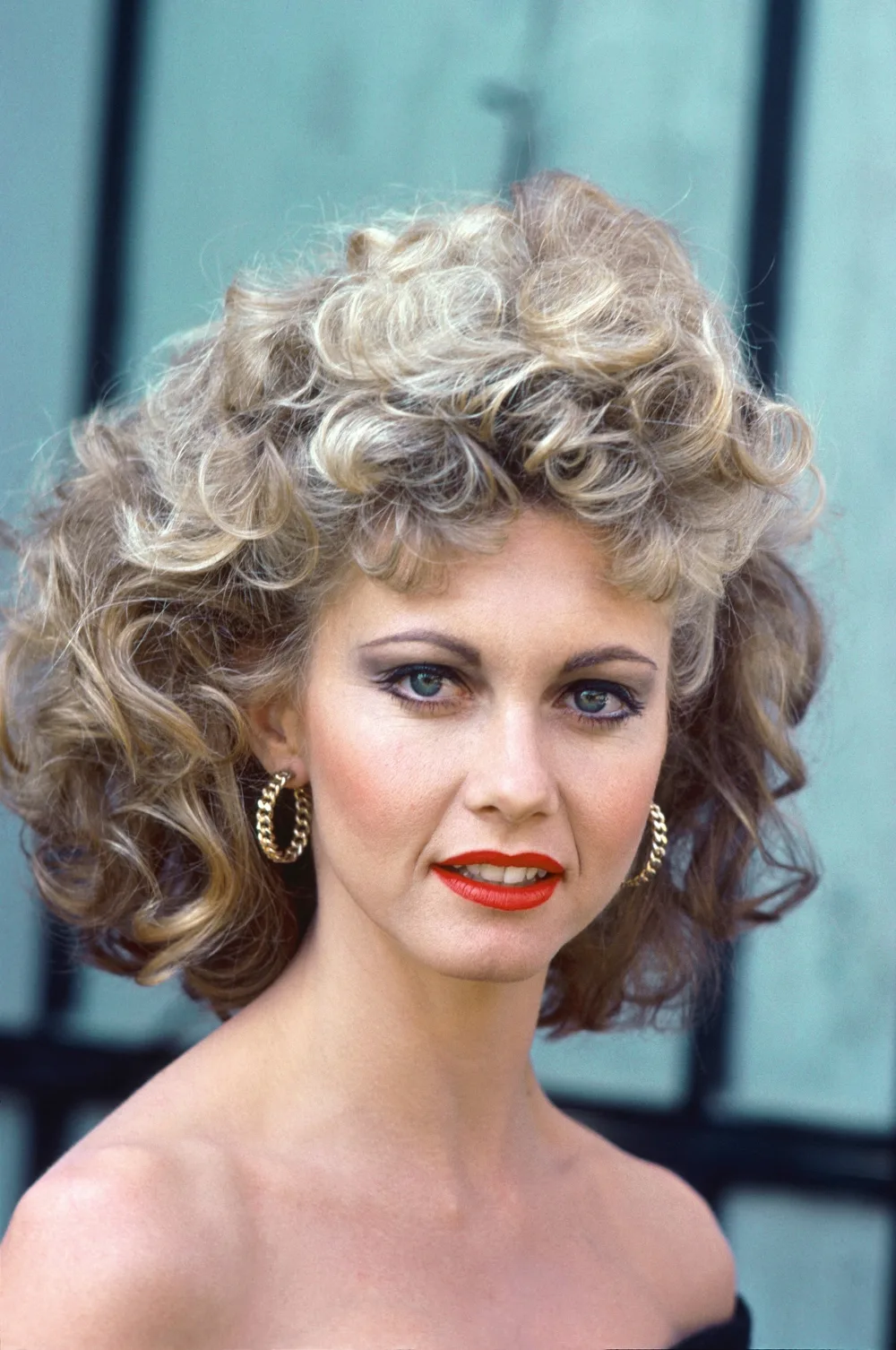
Grease (1978) was of its time but also timeless – its influence never waning. Another young Australian girl who was channelling her own inner Sandy, Delta Goodrem, also became a recipient of ONJ’s hands-on mentoring. When Delta played her hero in the 2018 mini-series Hopelessly Devoted to You, Olivia personally approved the production. She did admit, however, that she didn’t care to watch all the highs and lows of her life play out again on screen.
Like Olivia, Delta also had a very public cancer diagnosis. That was when the two bonded and, like Olivia, Delta has stuck to the “when they go low, we go high” mantra. Olivia once said, “Being positive isn’t easy, but we always have that choice.”
Inspired by the all-round entertainers she had grown up with, Olivia was used to singing, acting and dancing. She’d combine all three for 1980’s Xanadu, a film where she got to dance with Hollywood legend Gene Kelly and sing with legendary band ELO on the iconic title track. While the film was panned, some now view it as a cult classic – and it did introduce her to actor and dancer Matt Lattanzi, who she’d marry in 1984.
Just as Grease had dominated her career in the late ’70s, ‘Physical‘ overshadowed everything Olivia did in the ’80s. Released in 1981, it was the decade’s highest-selling song in the US. Olivia and her Grease co-star John Travolta reunited for the 1983 film Two of a Kind. It bombed but spawned the hit song ‘Twist of Fate’, which decades later would end up in Stranger Things.
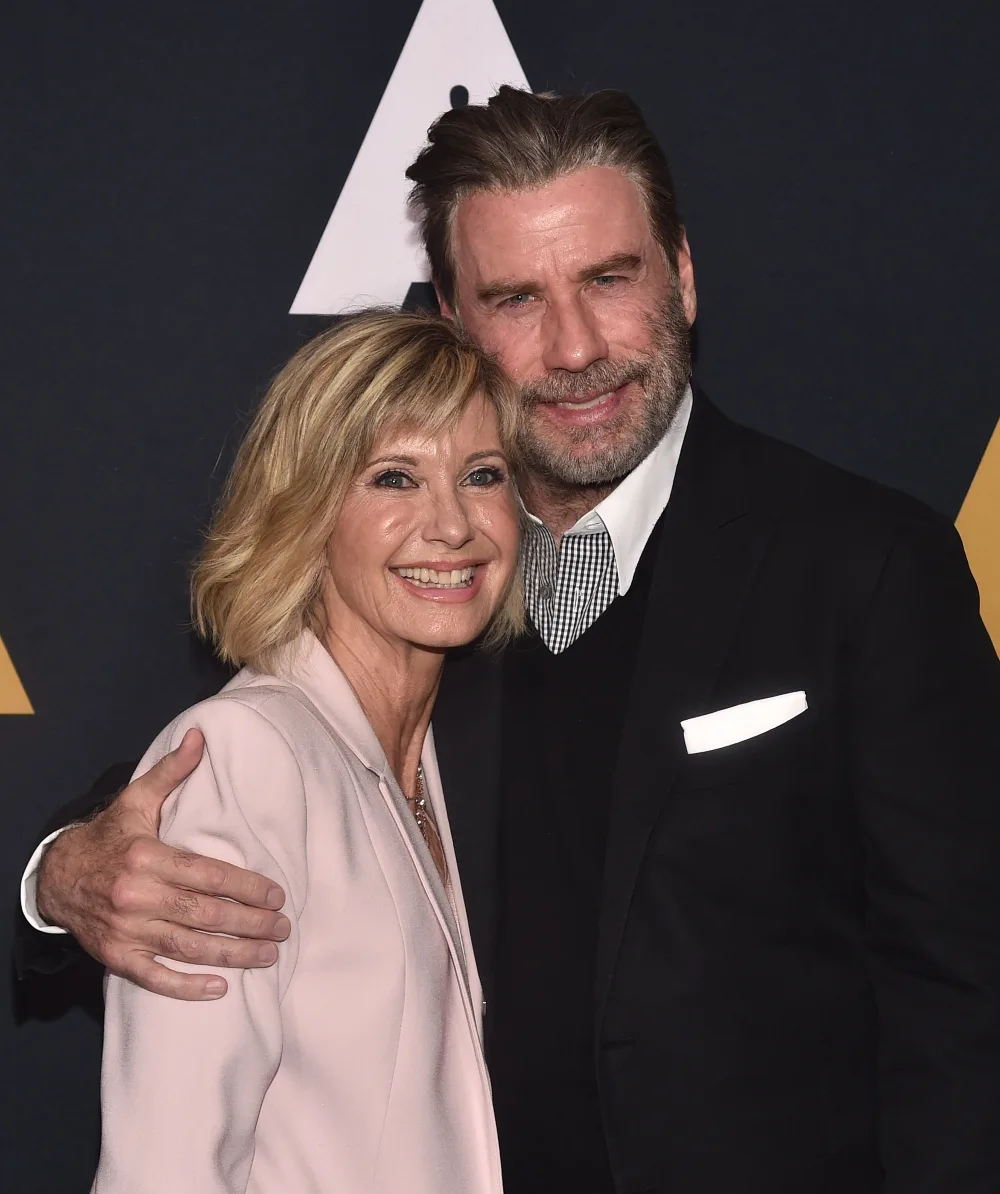
After the birth of daughter Chloe Lattanzi in 1986, Olivia’s career took a back seat. Chloe would later be dogged by both drug addiction and anorexia, which she and her mother attributed to the pressures of fame.
Olivia attempted a return to the charts at the end of the decade, but struggled against a new breed of pop stars. Switching gears, in 1989 she released Warm and Tender, a collection of lullabies for children with Chloe on the cover. It was as far from ‘Physical’ as you could possibly get.
But her life was about to take an unexpected turn. In 1992, as she was gearing up for her first tour in 10 years, Olivia announced that she had breast cancer. She was 43, and the diagnosis cruelly came the same weekend as the death of her father, also to cancer.
As well as encouraging people to have regular breast examinations, Olivia drove a change of the language around cancer. She avoided terms like “fighting”, “battle” or “war”. She wasn’t “surviving” (“That sounds like someone clinging to a lifeboat,” she said at the time), she was “thriving”. Positivity was the key. “I believe your belief system is part of the healing,” she said.
According to reports, husband Matt had been “so supportive” following her diagnosis, but by 1995 they had split, amid rumours of infidelity on his part.
At the start of the 2000s, Olivia was once again dabbling in acting, playing a bisexual country singer in the rom-com film Sordid Lives, and later appearing in TV hit Glee. After being inducted into the ARIA Hall of Fame in 2002, she toured, including a Las Vegas residency from 2014 to 2016.
But in this new era of social media and tabloid journalism, some struggled to accept Olivia could really be so nice. In her 2019 autobiography she tackled the only real skeleton journalists hadn’t pinned her down on: the 2005 disappearance from a fishing charter of her on-off boyfriend of nine years, Patrick McDermott. Yes, she was as shocked as anyone when he went missing. No, she didn’t think he had faked his own death, as he cared for her too much. She also used the memoir to reveal that she had overcome a return bout of cancer in 2012.
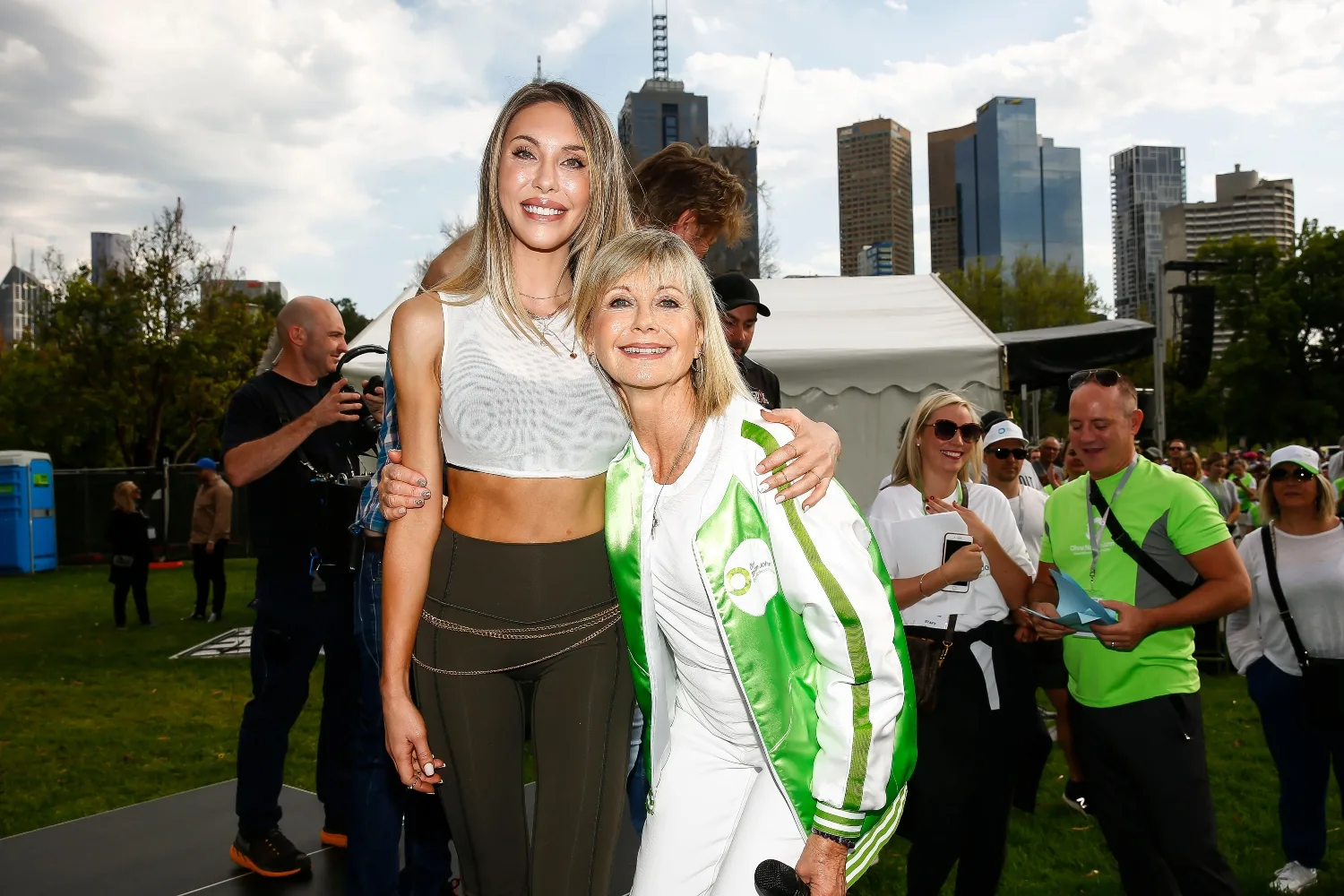
Indeed, beyond music and film, Olivia’s cancer diagnosis added a more powerful aspect to her legacy: charity crusader. She still made albums – many filled with new age and healing songs – but she had monetised simply being Olivia Newton-John enough to fund her Cancer Wellness & Research Centre in Melbourne. It had opened in 2012, after years of serious hustle to raise millions from governments and the public (more than 200,000 people made donations).
On her visits to Melbourne for her annual Wellness Walk, she’d often fit in charity events where she would sing hits from Grease and shake down the wealthy in the politest way possible, with a selfie and a smile.

In 2018 she ended up spending her 70th birthday in her own Wellness Centre. Her health had taken a turn while in Melbourne, so she checked herself in wearing a disguise, so as not to get special treatment. She called it her “undercover boss moment”.
As well as radiation and chemo, the centre offers tools used on her own journey: yoga, music therapy, exercise, meditation and other ways to heal. “I don’t ever want other people to go through what I have gone through,” she said. “So that is what inspires me.”
Olivia had already made peace with the fact she’d never tour again. She’d done it for decades and was tired of the travel. So she enjoyed taking her longest break from the road since Chloe’s early years.
In 2019 she was made a dame, an honour she was extremely proud of, up there with her four Grammys. Unfortunately, the Covid pandemic kept her from receiving the award from Queen Elizabeth in person.
ONJ’s final public stage appearance came in February 2020, singing at the Fire Fight Australia concert with her friend John Farnham. Fittingly, her final interview was for Farnham’s Finding the Voice documentary film. Though her health and voice were failing, she wanted to make sure the world knew he was her favourite singer.
One of her biggest goals was to remove the word “Cancer” from the centre that bears her name. It’s now a mission Chloe has adopted on her mother’s behalf.
“We all know we’re going to die one day. We don’t like to think about it, but one day we all will,” Olivia told me in 2019. “When you have a cancer diagnosis, it just makes it more obvious that it could happen. It makes you much more aware of the present and that every day is a gift, and that’s how I live.”
Related articles:
- An Olivia Newton-John Netflix Documentary Is In The Works
- The Inspiring Women Who Shaped Olivia Newton-John
- Reliving Olivia Newton-John’s Best Retro Fashion Moments


